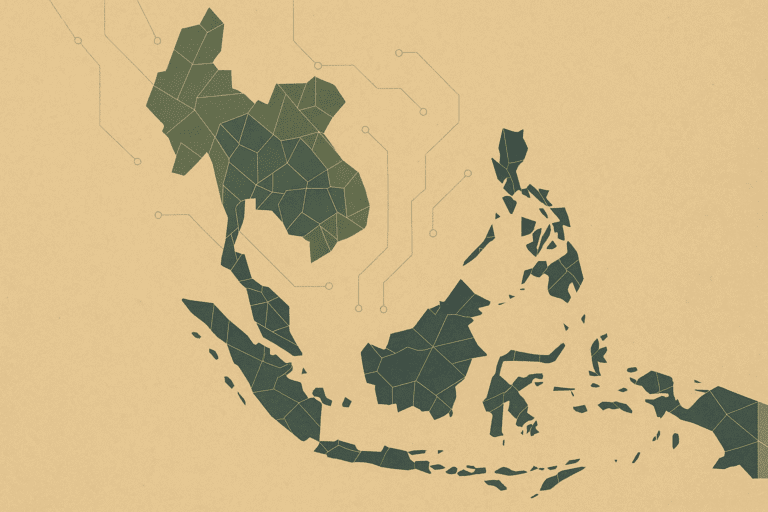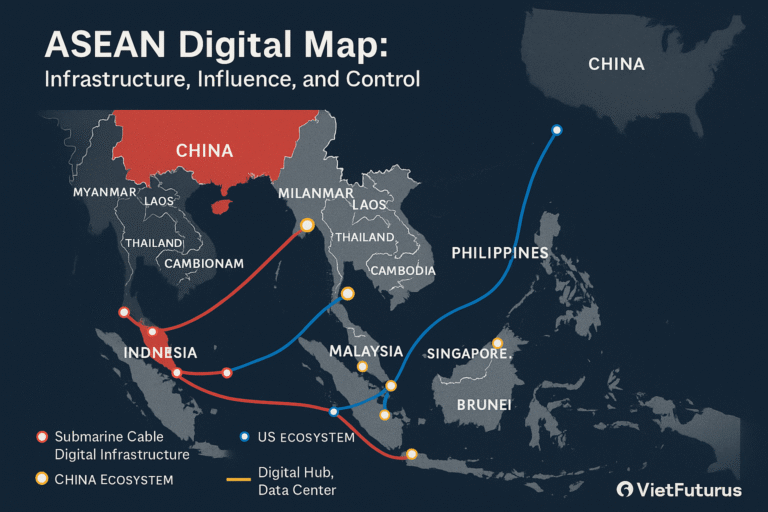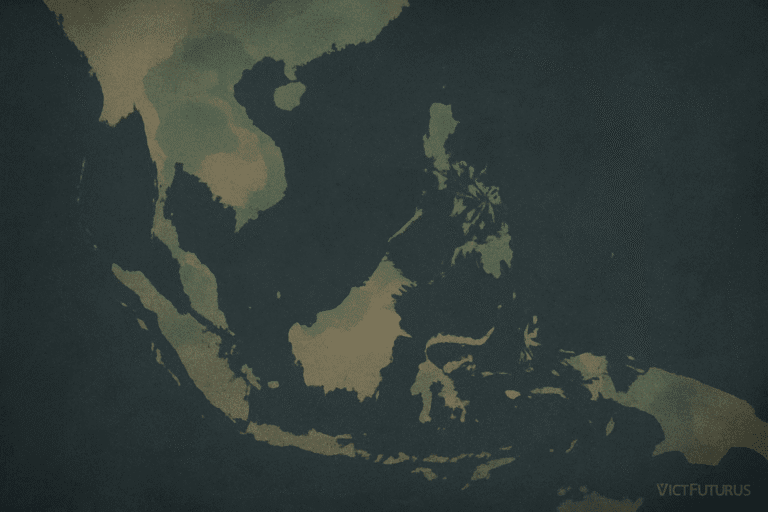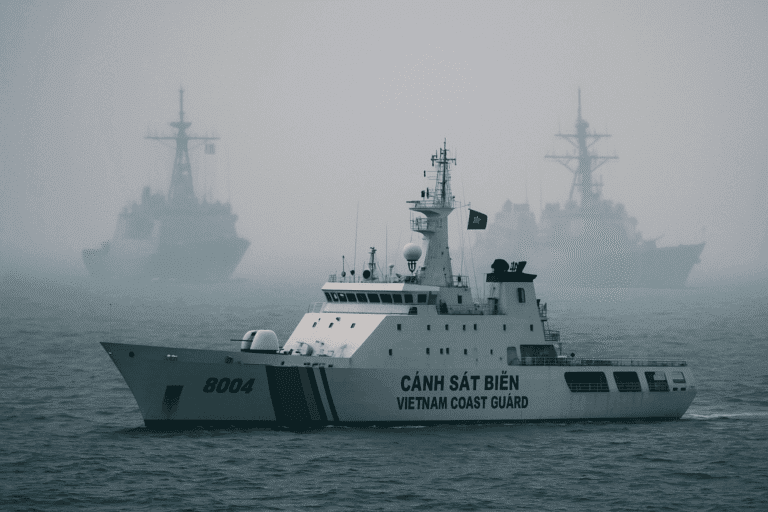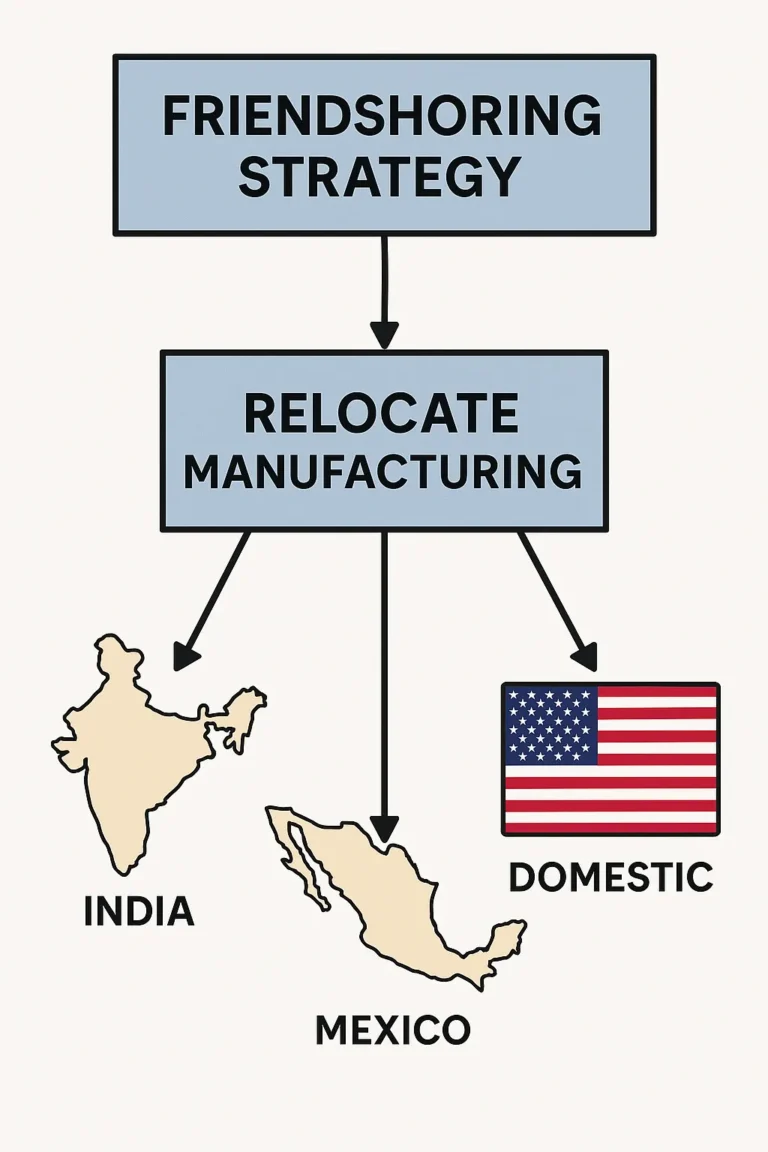Thailand-Cambodia Political Scandal: Fault Lines, Leaks, and the Limits of ASEAN Unity
A leaked phone call between Thailand and Cambodia has spiraled into a regional scandal—fracturing coalitions, halting trade, and exposing ASEAN’s crisis blind spots. This in-depth analysis unpacks the scandal’s roots, economic shockwaves, and strategic implications for Southeast Asia’s future.


